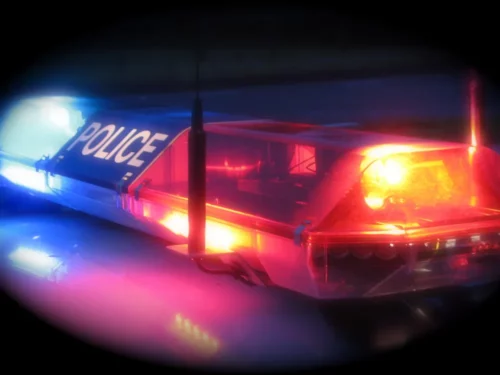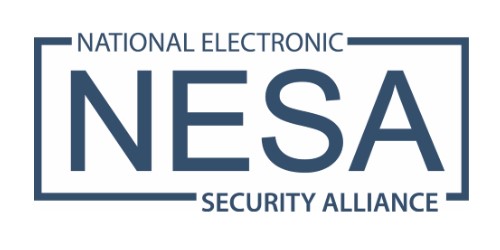2.16.25 – Smithsonian – Sarah Holzmann
Before the birth of the central emergency number, some rural Americans resorted to fireworks and loud noises to attract assistance

Accessing emergency services today is practically synonymous with dialing 911. The central emergency number connects United States-based callers to police, fire and EMS resources, streamlining aid in times of crisis. But prior to February 16, 1968, it was much more difficult to get help.
Although central emergency numbers had been around since London adopted 999 in 1937, the U.S. relied on a convoluted system with various regional protocols. Americans could typically dial 0 to reach the operator and request help, and residents of various towns and cities had access to local, seven-digit numbers. In some rural areas, 911 predecessors included fireworks or loud noises to indicate an emergency had taken place.
By the 1950s, several groups in the U.S. were pushing for a national emergency number. The National Association of Fire Chiefs called for a central number to report fires in 1957, and in 1967, the President’s Commission on Law Enforcement and Administration of Justice similarly recommended such a hotline. A 1966 report titled “Accidental Death and Disability: The Neglected Disease of Modern Society” highlighted steps that were necessary to reduce “needless” deaths and injuries from vehicle crashes. One of the top recommendations was “designating a single nationwide telephone number to summon an ambulance.”
Some historians also argue that the high-profile rape and murder of Kitty Genovese in New York City in 1964 helped fuel support for 911. At the time, the New York Times reported that though 38 witnesses heard Genovese’s cries for help, they were reluctant to call the police. (Subsequent research has cast doubt on this figure.)
/https://tf-cmsv2-smithsonianmag-media.s3.amazonaws.com/filer_public/ad/76/ad764606-18ab-4ffa-b64c-1f0c3ae67d1b/kitty_genovese_in_her_1961_mugshot.jpg)
All of these factors, as well as growing international adoption of centralized emergency numbers, paved the way for the first 911 phone call in the U.S. The Federal Communications Commission took action in 1967, and AT&T, which had a monopoly on phone lines, supplied the number. The company went with three digits instead of seven to make the number easier for callers to remember. Congress supported the FCC and AT&T, passing legislation that officially designated 911 as a national emergency number.
On February 16, 1968, the AT&T number was up and running in some locales. Rankin Fite, speaker of the Alabama House of Representatives, made the first call from Haleyville, Alabama. On the other end of the phone was Representative Tom Bevill, who answered the call from the local police station. The Alabama Telephone Company provided the underlying phone service.Report This Ad
about:blank
For proponents of 911, this “first” was a huge milestone. But it would take several more decades for most of the country to gain access to the service. In 1976, the emergency number served just 17 percent of the population. Even by 1987, that figure had only risen to 50 percent.
With continued investment and support from Congress and advanced internet and telecom technology, 911 continued to take hold. Now, nearly all of the geographic U.S. has access, and traditional phone service is not required to call for help. Advocacy groups continue to push for even more advanced iterations of the central emergency number. A future 911 could include faster response times and the ability to process videos as well as traditional voice calls.
/https://tf-cmsv2-smithsonianmag-media.s3.amazonaws.com/accounts/headshot/sarah.png)
Sarah Holzmann is a freelance writer from the Arlington, Virginia, area.
